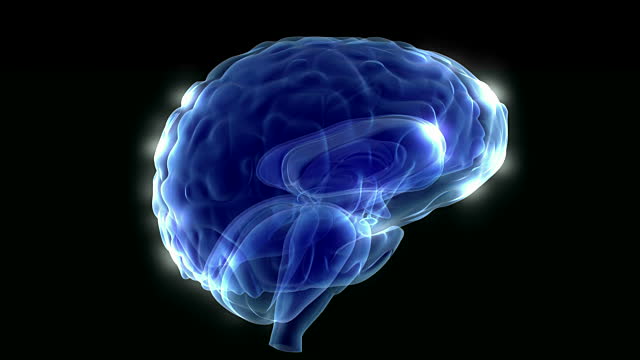Transcranial Magnetic Stimulation Reactivates Lost Memory
by Jason von Stietz, M.A. - December 19, 2016

One’s ability to hold information in working memory is essential to daily functioning. Without working memory one would not be able to dial a phone number before forgetting it or remember the location of a chair in a room in order to avoid bumping into it. Previously, researchers believed that the brain needed to sustain elevated activity to maintain the memory, and once the activity ceased the memory was lost. However, researchers at University of Wisconsin Madison found that transcranial magnetic stimulation can retrieve memories once elevated brain activity has ceased. The study was discussed in a recent article in NeuroScientist News:
"A lot of mental illness is associated with the inability to choose what to think about," says Brad Postle, a psychology professor at the University of Wisconsin- (UW-) Madison. "What we're taking are first steps toward looking at the mechanisms that give us control over what we think about."
Postle's lab is challenging the idea that working memory remembers things through sustained brain activity. They caught brains tucking less-important information away somewhere beyond the reach of the tools that typically monitor brain activity—and then they snapped that information back into active attention with magnets.
Their latest study is published in the journal Science.
According to Postle, it's important to note that most people feel they are able to concentrate on a lot more than their working memory can actually hold. It's a bit like vision, in which it feels like we're seeing everything in our field of view, but details slip away unless you re-focus on them regularly.
"The notion that you're aware of everything all the time is a sort of illusion your consciousness creates," says Postle. "That is true for thinking, too. You have the impression that you're thinking of a lot of things at once, holding them all in your mind. But lots of research shows us you're probably only actually attending to—are conscious of in any given moment—just a very small number of things."
Postle's group conducted a series of experiments in which people were asked to remember two items representing different types of information (they used words, faces and directions of motion) because they'd be tested on their memories.
When the researchers gave their subjects a cue as to the type of question coming—a face, for example, instead of a word—the electrical activity and blood flow in the brain associated with the word memory disappeared. But if a second cue came letting the subject know they would now be asked about that word, the brain activity would jump back up to a level indicating it was the focus of attention.
"People have always thought neurons would have to keep firing to hold something in memory. Most models of the brain assume that," says Postle. "But we're watching people remember things almost perfectly without showing any of the activity that would come with a neuron firing. The fact that you're able to bring it back at all in this example proves it's not gone. It's just that we can't see evidence for its active retention in the brain."
The researchers were also able to bring the seemingly abandoned items back to mind without cueing their subjects. Using a technique called transcranial magnetic stimulation (TMS) to apply a focused electromagnetic field to a precise part of the brain involved in storing the word, they could trigger the sort of brain activity representative of focused attention.
Furthermore, if they cued their research subjects to focus on a face (causing brain activity associated with the word to drop off), a well-timed pulse of transcranial magnetic stimulation would snap the stowed memory back into attention, and prompt the subjects to incorrectly think that they had been cued to focus on the word.
"We think that memory is there, but not active," says Postle, whose work is supported by the National Institute of Mental Health. "More than just showing us it's there, the TMS can actually make that memory temporarily active again."
The study—conducted by Postle with Nathan Rose, a former UW-Madison postdoctoral researcher who is now a professor of psychology at the University of Notre Dame, and UW-Madison graduate students in psychology and neuroscience—suggests a state of memory apart from the spotlight attention of active working memory and the deep storage of more significant things in long-term memory.
"What's still unknown here is how the brain determines what falls away, and what enables you to retrieve things in the short-term if you need them," Postle says.
Studying how the brain apportions attention could eventually influence the way we understand and treat mental health disorders such as schizophrenia, in which patients focus on hallucinations instead of reality, and depression, which seems strongly related to spending an unhealthy amount of time dwelling on negative things.
"We are making some interesting progress with very basic research," says Postle. "But you can picture a point at which this work could help people control their attention, choose what they think about, and manage or overcome some very serious problems associated with a lack of control."
Read the original article here

 Subscribe to our Feed via RSS
Subscribe to our Feed via RSS